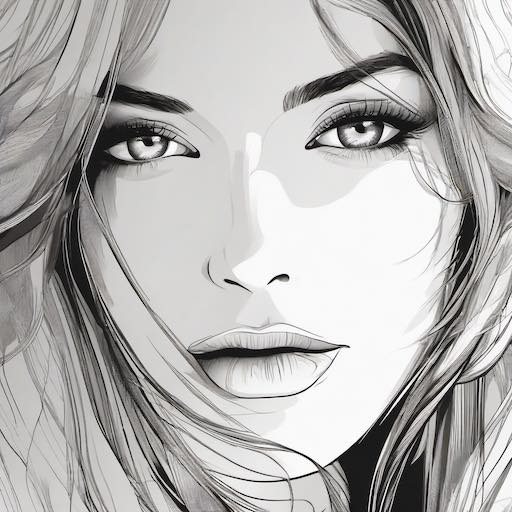What Artificial Intelligence Is Doing to Redraw the Boundaries of Art
The dynamic relationship between technology and creative expression has resulted in the emergence of a new era in which artificial intelligence is not merely a tool but rather a participant in the process of creating art. Artists and designers are discovering new methods to push the boundaries of expression and design as a result of the most recent developments in artificial intelligence. The rise of artificial intelligence technologies that are capable of transforming photographs into sketches is one of the most extraordinary developments in this sector. These technologies are able to capture the essence and emotional contours of a topic through the use of digital algorithms.
A variety of tools that are now available thanks to artificial intelligence make it possible for anyone to instantaneously transform any ordinary photograph into a sketch. It was only ten years ago that this technological achievement appeared to be unattainable; nonetheless, it is now readily available and frequently utilized in the fields of art, graphic design, and recreational activities. The transformation process starts when you choose your favorite image to be transformed; this might be anything from a portrait of your family to a peaceful countryside.
Programs carefully examine and reinterpret your photograph into sketch form after it has been uploaded into an artificial intelligence service that was built specifically for this purpose. These applications, which are frequently referred to as photo to sketch AI or image to sketch AI, make use of sophisticated neural networks that have been trained on an almost infinite number of photographs and artistic styles. You can train the artificial intelligence to create sketches that appeal to a variety of artistic preferences by using options such as ai picture and photo-to-sketch.ai. These options allow you to choose between a rough pencil shading effect and a beautiful line art style.
Such technology, such as image to sketch AI or pic to sketch AI, has the potential to democratize the process of creating art, which is an exciting component of the technology. It paves the way for a world in which amateur artists or individuals who have not received any official training might generate sketches that are very similar to the aesthetics of professionals. Users are able to generate effects in a matter of minutes by simply selecting a photo into sketch converter. These effects would normally take hours or even days to replicate manually using older methods.

Moreover, with the introduction of artificial intelligence skills that can convert images into pencil sketches, these systems are able to replicate old methods even further. Not only does this replicate the image with a level of precision that is rather astounding, but it also adds layers of depth and texture that are so convincing that they could be considered hand-drawn artwork.
The inclusive nature of these technology tools, which invites more individuals to participate in the art world, is what sets them different from other tools. A platform that eliminates typical hurdles such as a lack of talent or access to materials is provided by them, and as a result, they celebrate an inclusive vision of creativity. Furthermore, it confronts purists who dispute what constitutes "real art" by highlighting the fact that creativity is limitless and fundamentally transformable within itself.
This technology is not merely here to automate operations; rather, it is here to augment human creativity and interpret it through a fresh lens. This is becoming increasingly apparent as we continue to investigate the prospective applications of artificial intelligence in creative industries. In the realm of art, artificial intelligence (AI) inspires us to rethink what it means to create, notably through the use of technologies that can transform photographs and images into drawn artworks and to read more. At the same time that it blurs the barriers between the conventional artist and the contemporary creative, it extends an invitation to anybody who is interested in engaging with art in a way that is both novel and thrilling.
With technology such as this at our disposal, we are experiencing a rebirth of artistic possibilities. This renaissance is one that celebrates the tremendous potential of human creativity when combined with the computing power of artificial intelligence. It also fosters experimentation and embraces change. Through the formation of this one-of-a-kind union, it is guaranteed that the future of art will be both shockingly universal and fascinatingly unorthodox.
Comments
Post a Comment